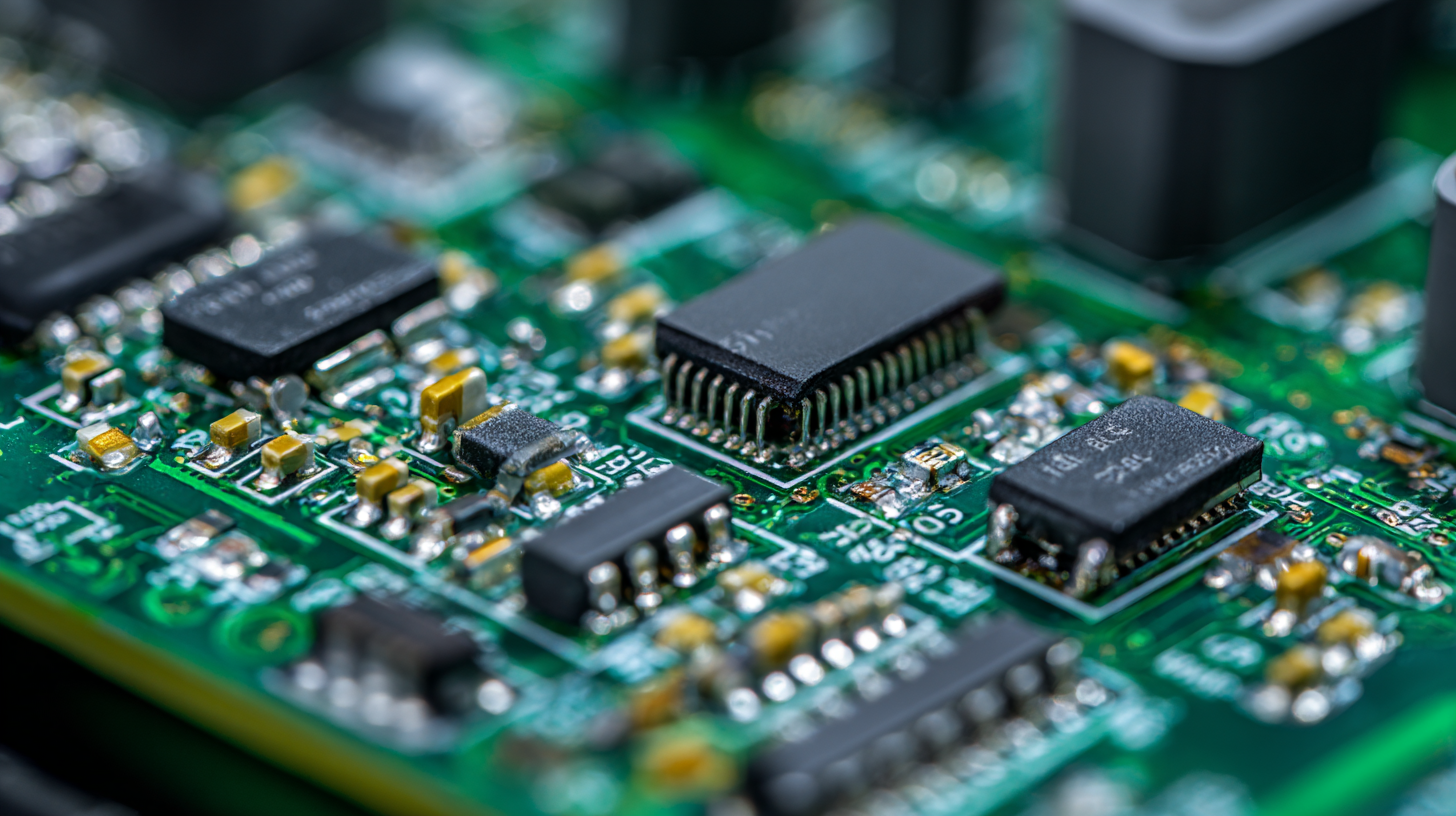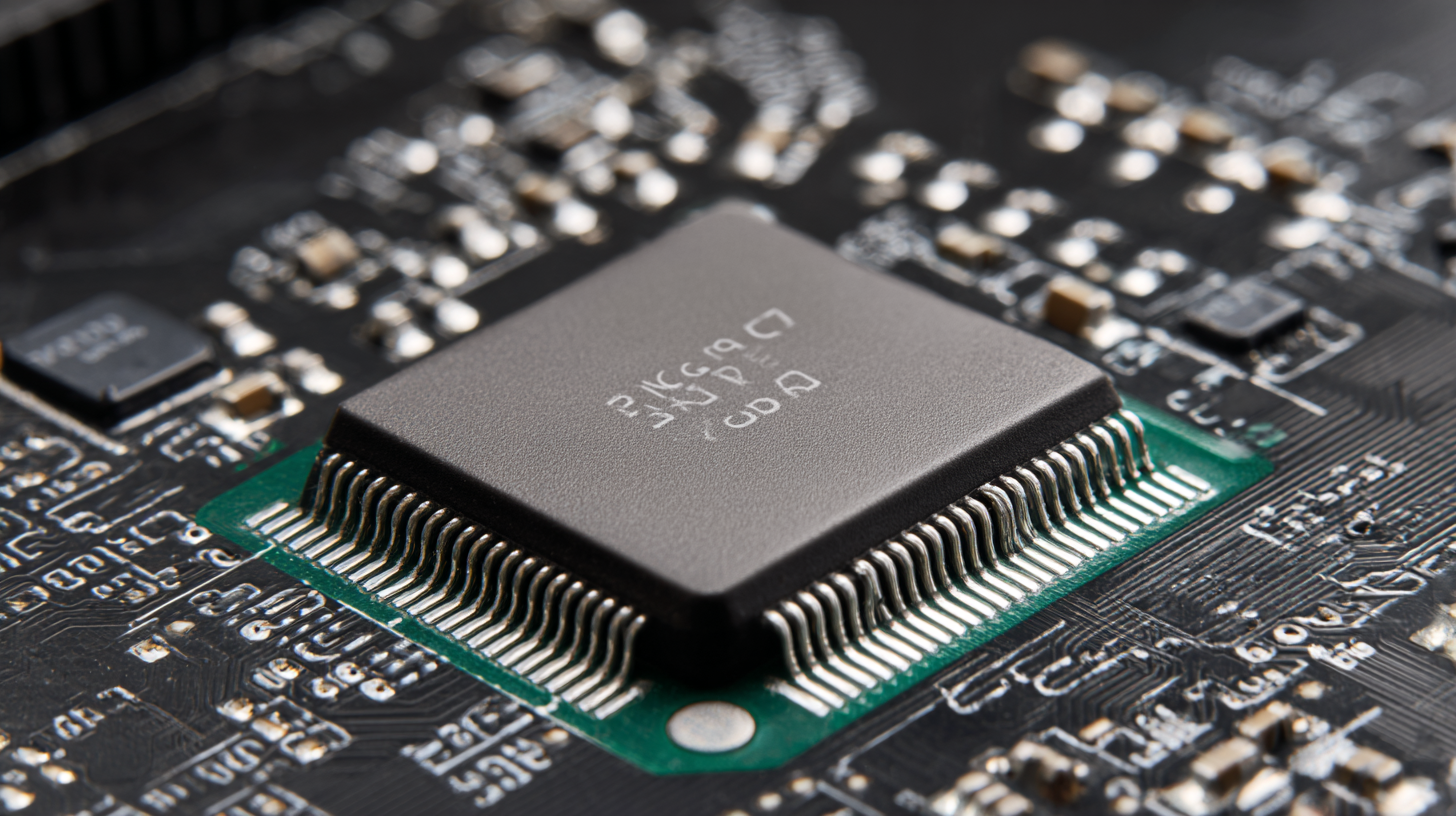In today’s fast-paced technological landscape, the demand for rapid prototyping and efficient production processes has never been higher. Quick turn PCB boards have emerged as a vital solution for engineers and designers looking to streamline their projects while minimizing costs. These specialized circuit boards allow for expedited manufacturing without compromising on quality, enabling teams to quickly iterate designs and meet tight deadlines.
 By leveraging quick turn PCB boards, businesses can not only accelerate their time-to-market but also optimize resource allocation to enhance overall project efficiency. This article will explore the numerous benefits of incorporating quick turn PCB boards into your next project, highlighting best practices for implementation and the potential for significant cost savings. Understanding the distinct features and advantages of quick turn PCB technology is crucial for any organization aiming to stay competitive in an ever-evolving industry.
By leveraging quick turn PCB boards, businesses can not only accelerate their time-to-market but also optimize resource allocation to enhance overall project efficiency. This article will explore the numerous benefits of incorporating quick turn PCB boards into your next project, highlighting best practices for implementation and the potential for significant cost savings. Understanding the distinct features and advantages of quick turn PCB technology is crucial for any organization aiming to stay competitive in an ever-evolving industry.
When selecting a quick turn PCB manufacturer for your next project, it's crucial to identify a partner that can meet your specific requirements while ensuring high efficiency and cost-effectiveness. According to recent industry reports, the global market for PCB manufacturing is expected to reach $80 billion by 2025, highlighting the growing demand for rapid prototyping and quick turnaround services. This trend makes it imperative to choose a manufacturer that specializes in delivering quality products under tight deadlines.
Tips for choosing the right manufacturer include evaluating their production capabilities and lead times. Look for a company with a proven track record in creating diverse PCB types, particularly Inverter Boards, which are essential in renewable energy applications. Ensure they support quick-turn services that can deliver prototypes swiftly—some manufacturers promise delivery in as little as 48 hours, greatly benefiting projects that require fast iterations.
Additionally, consider the manufacturer's experience with materials and technology. Using high-quality substrates, such as FR4, can enhance the performance of your PCB, especially in challenging environments like solar inverters. A reliable manufacturer will offer not only fast delivery but also the technical expertise to handle complex designs, ensuring that your project runs smoothly from conception to completion.
When embarking on a project that requires quick turn PCB boards, selecting the right materials is crucial for maximizing both efficiency and cost savings. According to a recent report by PCB Design Magazine, nearly 70% of engineers cited material selection as a key factor affecting not only the product's performance but also its time-to-market. One important material to consider is FR-4, which is the most widely used dielectric substrate in PCB manufacturing due to its balance of cost and performance. However, for more advanced applications, materials such as Rogers or polyimide may offer superior thermal and electrical properties, justifying their higher costs for specific projects.
Another critical aspect is the layer count and complexity of the PCB design. Recent studies indicate that PCBs with higher layer counts tend to have increased turnaround times and costs. For quick turn services, it is advisable to streamline designs to no more than four layers when possible, which can result in a reduction in manufacturing time by up to 20%. In addition, utilizing surface mount technology (SMT) can facilitate quicker assembly processes, further enhancing overall efficiency. By thoughtfully considering these material factors and design complexities, engineers can significantly improve the efficacy of their quick turn PCB projects.
| Material Type | Thermal Conductivity (W/mK) | Cost per Square Foot ($) | Lead Time (Days) | Applications |
|---|---|---|---|---|
| FR-4 | 0.3 | 3.50 | 7 | General Electronics |
| Polyimide | 0.4 | 5.50 | 10 | High-Temperature Applications |
| CEM-1 | 0.25 | 2.80 | 5 | Low-Cost Consumer Electronics |
| Aluminum | 200 | 12.00 | 15 | LED Lighting |
| Rogers | 0.6 | 8.00 | 20 | RF & Microwave Applications |
In today’s fast-paced electronics market, streamlining PCB design is crucial for achieving quick turnarounds and maximizing efficiency in manufacturing. According to a recent industry report by IPC, the demand for rapid prototyping of PCBs has surged by 15% over the past year, pushing manufacturers to innovate their processes. One effective strategy is to simplify circuit layouts, as reduced complexity can lead to quicker design reviews and fewer production errors. Utilizing design for manufacturability (DFM) principles helps in identifying potential issues early in the design process, thereby shortening lead times.

Another key strategy is to leverage modern CAD tools that facilitate real-time collaboration between engineering teams. A study by Digi-Key found that companies using advanced CAD software experience up to 30% faster design cycles compared to those utilizing traditional methods. By enabling instant validation and modifications, these tools not only improve design efficiency but also help in minimizing costs associated with revisions. Adopting a robust supply chain management system also plays a crucial role, allowing teams to communicate more effectively with PCB manufacturers and ensuring timely procurement of materials, which is essential for meeting tighter deadlines.
When evaluating cost-effectiveness in PCB production, the differences between quick turn PCBs and traditional PCB methods become apparent. Quick turn PCBs offer reduced lead times, enabling engineers to expedite prototyping and testing phases without the long wait associated with conventional production. This efficiency not only accelerates the overall project timeline but also allows for faster iterations and adjustments, potentially leading to a quicker market entry for new products.
In contrast, while traditional PCB production may offer lower per-unit costs for large volumes, the initial setup time and longer production cycles can significantly increase labor costs and resource allocation. For projects with tight deadlines or those requiring frequent design changes, quick turn PCBs provide a viable solution that maximizes efficiency and minimizes costs. This shift towards rapid prototyping reflects an industry trend favoring agility and responsiveness, ensuring that businesses remain competitive in a fast-paced environment.
This chart compares the cost-effectiveness and turnaround time of Quick Turn PCBs versus Traditional PCB Production based on hypothetical average values.
When it comes to ensuring optimal results with quick turn PCB boards, clear communication of your specifications to PCB suppliers is paramount. Begin by providing detailed design files that include gerber data, BOM (Bill of Materials), and any specific requirements related to material, finish, and thickness. This level of detail allows suppliers to accurately assess your project needs and eliminate potential misunderstandings that could lead to costly delays or revisions.
Additionally, consider outlining your timeline expectations and budget constraints right from the start. By setting these parameters early in the conversation, suppliers can better tailor their services to meet your requirements. Open dialogues regarding potential limitations, such as Order Quantity Minimums (OQM), lead times, and production capabilities, will establish a collaborative atmosphere. This approach not only fosters strong relationships with your suppliers but also enhances the likelihood of receiving PCBs that align perfectly with your project's goals.

